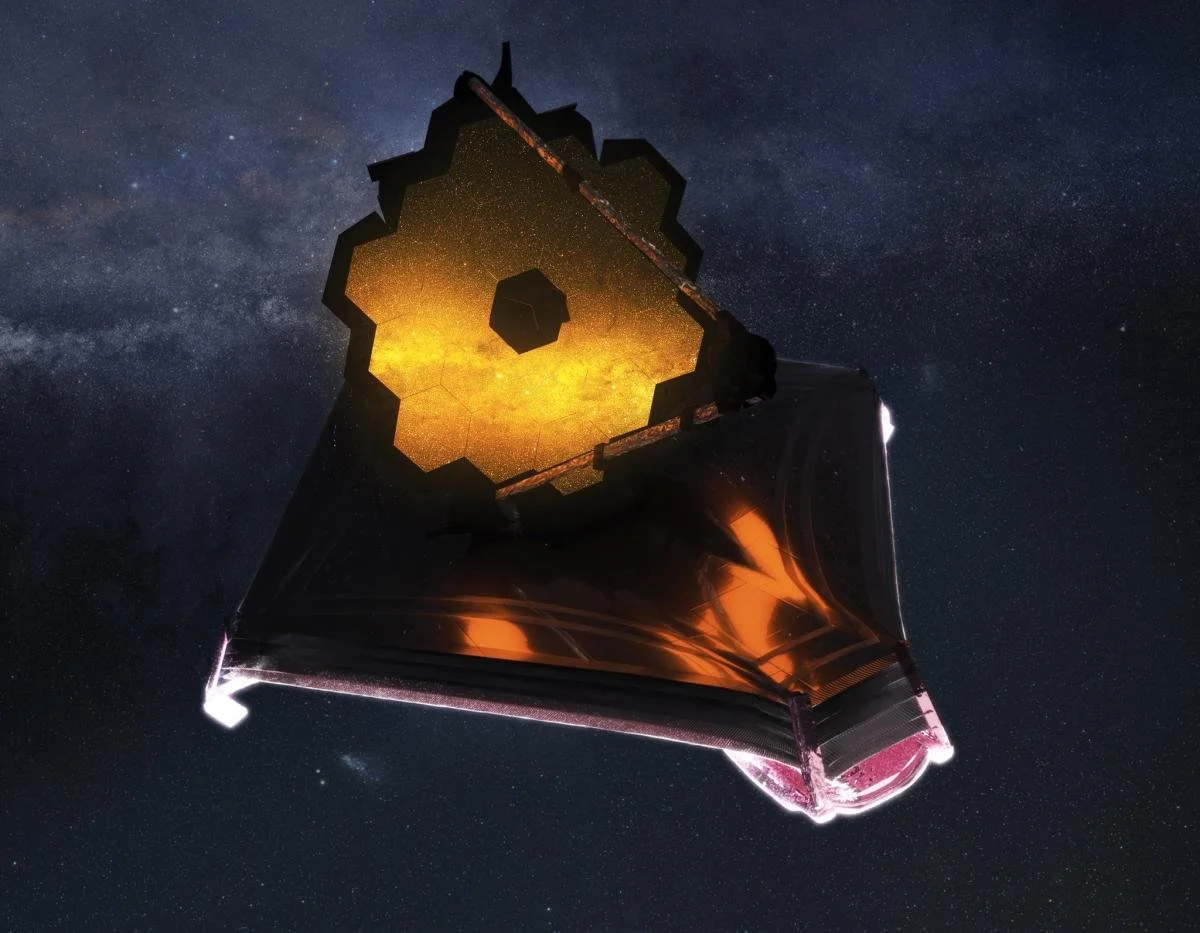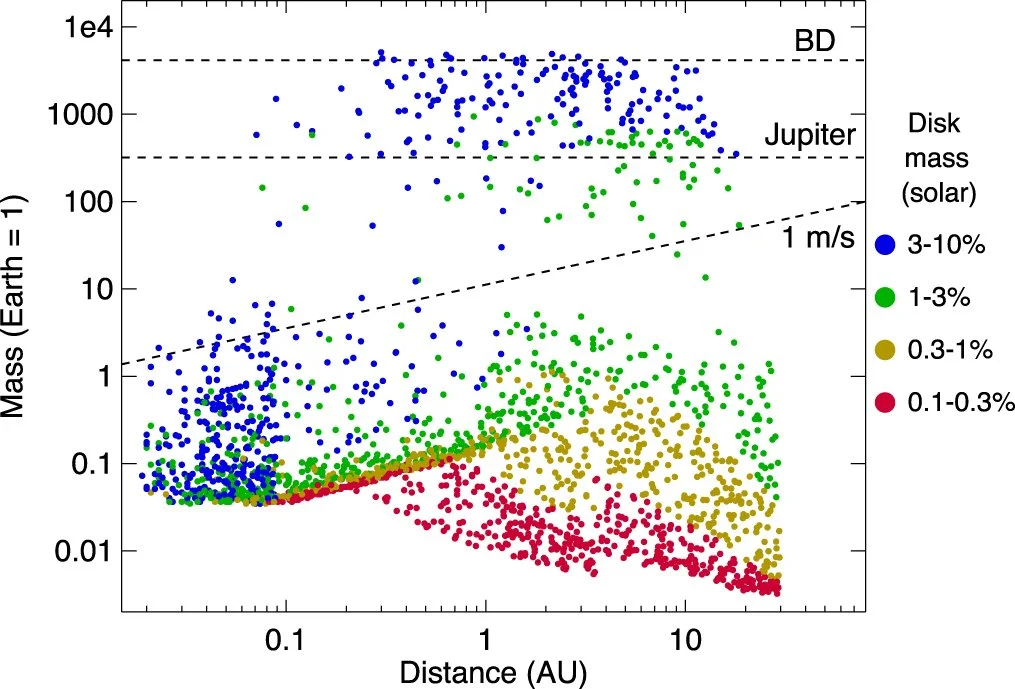A a perfect seasonal gift to astronomers around the world—the James Webb Space Telescope successfully launched on the morning of December 25. This next-generation space telescope will drive a new era of discovery—with capabilities that will complement the upcoming era of extremely large ground-based telescopes, including the Giant Magellan Telescope under construction at Carnegie’s Las Campanas Observatory in Chile.
Chambers, J. Astrophys. J. 865, 30, 2018.
Carnegie’s Anat Shahar is the lead investigator on an interdisciplinary, multi-institution research team that this spring was awarded nearly $1.5 million from the Alfred P. Sloan Foundation to understand the chemical makeup of our galaxy’s most common planets with a goal of developing a framework for detecting chemical signatures of life on distant worlds.
Ground-based observations following up on the discovery of a small planet by NASA’s Transiting Exoplanet Survey Satellite (TESS) revealed two additional planets in the same system, one of which is located far enough from its star to be potentially habitable. These findings were announced in Astronomy & Astrophysics by an international team that included several Carnegie astronomers.
An ancient sliver of the building blocks from which comets formed was discovered encased inside a meteorite like an insect in amber by a Carnegie-led research team. The finding, published by Nature Astronomy, could offer clues to the formation and evolution of our Solar System.
In an article for Science, Carnegie scientists ponder on which of Earth’s features were essential for the origin and sustenance of life and how scientists identify those features on other worlds.
The Peter Driscoll/Sally June Tracy project is an interdisciplinary opportunity for an early career materials physicist, Tracy, to work with an early career geodynamicist, Driscoll, and for a postdoc to gain expertise in both fields using novel high-pressure techniques that inform new models.
Clement, M. S., N. A. Kaib, and J. E. Chambers. Astron. J. 157, 208, 2019.
Shahar, A., P. Driscoll, A. Weinberger, and G. Cody. Science 364, 434-435, 2019.
New research by a group of geoscientists from Carnegie, the Gemological Institute of America, and the University of Alberta demonstrates that diamonds can be used to reveal how a buoyant section of mantle beneath some of the continents became thick enough to provide long-term stability.
A nearby system hosts the first Earth-sized planet discovered by NASA’s Transiting Exoplanets Survey Satellite, as well as a warm sub-Neptune-sized world, according to a new paper from a team of astronomers that includes Carnegie’s Johanna Teske, Paul Butler, Steve Shectman, Jeff Crane, and Sharon Wang.
The workshop allowed scientists across Carnegie a chance to meet to deepen and develop Carnegie Science's research plans in the area of planetary and exoplanetary habitability.











